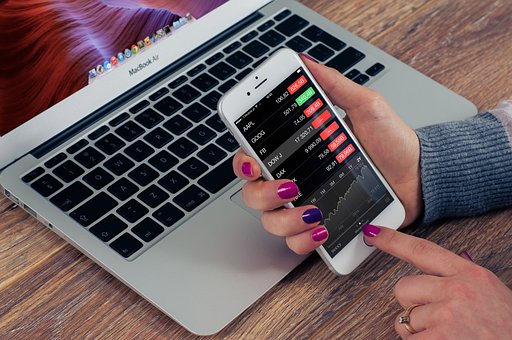Mar 19
2019
The Dos and Don’ts of Digital Healthcare Payments
By Alison Arthur, product and content marketing manager, Alacriti.
 The financial well-being of healthcare organizations depends on steady, predictable revenue from their patients. However, healthcare payments are often impacted by a number of financial factors including insurance, co-payments, deductibles, and co-insurance.
The financial well-being of healthcare organizations depends on steady, predictable revenue from their patients. However, healthcare payments are often impacted by a number of financial factors including insurance, co-payments, deductibles, and co-insurance.
Research from TransUnion shows that patients are becoming increasingly responsible for out-of-pocket healthcare expenditures. This means that the possibility of missed bill payments can increase as well. Healthcare providers know that sending unpaid bills to collections can be a significant expense and even lead to costly write-offs that negatively impact the bottom line.
How can healthcare organizations increase the likelihood of collecting patient payments on-time and in-full? Digital bill presentment and electronic payment technology can be a chief facilitator of timely bill payments. Here are some dos and don’ts for healthcare organizations to consider when adopting an electronic bill presentment and payment (EBPP) solution.
Do allow patients to personalize their digital bill payments experience.
Consumers are growing more accustomed to electronic payments in all aspects of their lives. However, many healthcare providers still aren’t equipped to accept online payments from their patients. This continued reliance on in-person payments, agent-assisted transactions, and mailed payments can put a strain on internal resources that costs both time and money. In addition, there are security and compliance implications when employees handle sensitive payment information directly from patients.
EBPP technology can provide patients 24/7 accessibility to their accounts, meaning that patient payments no longer need to be processed exclusively during office hours. These payments can be made using a variety of digital channels that are aligned with patients’ preferences including mobile devices, text messages, and intelligent personal assistants like Amazon Alexa and Google Assistant.
An EBPP solution can also support various payment methods such as credit cards, debit cards, and ACH to give patients more flexibility in funding their transactions. Finally, options like recurring payments, payment plans, and automatic payments provide patients added possibilities for how they schedule their bill payments, especially when paying balances over time. Offering these choices allows healthcare providers to deliver a highly personalized digital bill payments experience that accommodates patients’ individual needs and preferences.
Don’t limit patients to paper bills, as e-bills can provide a more patient-friendly (and eco-friendly) alternative.
Every patient has a preference for how they receive bills from healthcare providers. While some patients prefer to receive physical copies of their healthcare bills, many are taking advantage of the benefits that e-billing can provide.
Research from Alacriti shows that e-bills and paper bills are often used in conjunction with one another for healthcare payments. An Alacriti client that’s a multi-office, physician-owned surgery practice currently has 67 percent of patie nts enrolled in e-billing, 32 percent enrolled in both e-bills and paper bills, and just 1 percent enrolled in paper bills only. Another healthcare client (a hospital group) now has 61 percent of their patients active on e-billing and 39 percent using a combination of both e-bills and paper bills.
These examples show a clear preference toward electronic bills, although not to the exclusion of paper bills. However, every physical bill that’s replaced with an e-bill can reduce printing and fulfillment costs, while also providing an eco-friendly option that reduces strain on the environment.
Do provide patients flexible payment options for more control over how they pay their bills.
Flexible payment options are a must for patients because there are so many different types of care they receive. For example, a patient that visits a doctor once would likely be served well by a one-time payment option. However, patients that visit a healthcare provider on a frequent basis might be better served by recurring or automatic payments.
Payment plans are another important option for healthcare providers to consider. Patients that amass sizable account balances might need the flexibility to make payments toward their balances over time rather than in one lump sum. This can make the financial responsibility more manageable for patients, while also increasing the likelihood that healthcare roviders will ultimately be paid in full.
Don’t miss the opportunity to send patients personalized bill alerts and account notifications via the digital communication channels they use most.
Billing is one of the most consistent touch points that healthcare providers have with their patients. Therefore, it’s imperative to ensure that communication between both parties is custom-tailored to how patients want to receive those communications. Email alerts and text message notifications can deliver account balance and due date information straight to the palms of patients’ hands via their mobile devices. This instant, personalized communication is just one more step toward facilitating on-time payments between patients and healthcare providers.